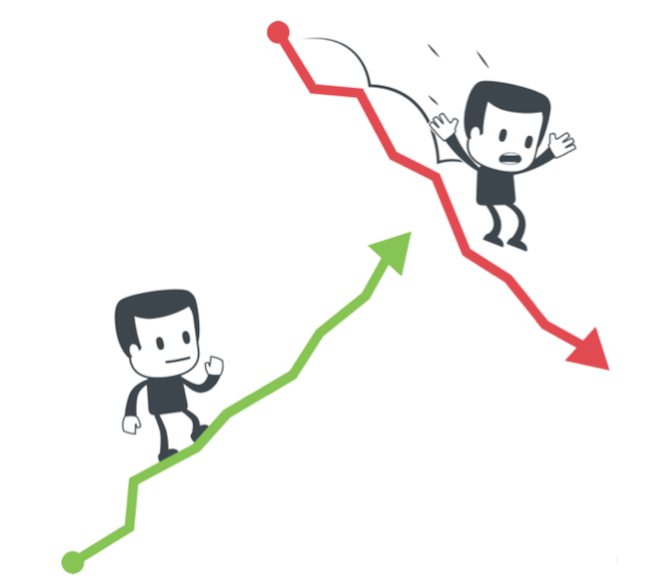
Apple has executed the skimming pricing strategy with great results. Each time the company – and most other tech firms – introduce a new product, they will charge the highest price that they know customers will pay. As those early adopters are satisfied, the price is lowered, following the demand curve.
The iPhone is a perfect example of this strategy. When it was introduced in 2007, the original iPhone sold for $499 for a 4GB version and $599 for an 8GB version. Two months later, the company reduced the price of the 8GB version by $200.
Why follow a price skimming strategy?
The main goal of price skimming is to ride the demand curve all the way down, so that with each new price, you are able to “skim” customers off that level. There are a few conditions in which this strategy works. You should consider skimming pricing when:
- Your company and products have a prestige or “status-indicating” quality about them. Customers generally are not going to pay premium prices for a generic or unrecognizable brand name. If your company is recognized as a leader in its field, skimming pricing might be a great strategy for you.
- The costs to develop the product you are selling need to be recouped quickly. Since skimming pricing involves charging a higher price, R&D costs can be recouped very quickly.
It doesn’t always work
That being said, there are some warnings that should accompany any endorsement of price skimming strategy. After all, the second half of that story about the first generation iPhone doesn’t exactly have a happy ending.
After the company announced that it would be reducing the price of its groundbreaking phone, the early adopters cried foul. They had just paid $599 for the phone and now the company was reducing that price by 33 percent? Some customers complained and some went so far as to write letters to Steve Jobs. Jobs issued a public announcement (that contained one of his patented “apologies-that-isn’t-really-an-apology”). Jobs apologized for letting the customers down and announced that all iPhone customers who paid the $599 price would get a $100 credit toward any purchase at an Apple retail store.
So the lessons of using the skimming price strategy are:
- Beware of alienating your early adopters. Jobs and Co. had to issue a pretty generous reward for their early adopters and if your company drops the price dramatically too soon, you might have to think of making similar, costly concessions.
- Be aware of the legal ramifications. Price skimming has an ugly cousin, which is known as price discrimination. Price skimming can be considered price discrimination or yield management. In order to be considered yield management, it must be clear that pricing changes are based not on market characteristics but on product characteristics.
- Only use this strategy when there are not many competitors. If a competitor sees your high price, they will undercut you, which can lead to price wars.
- Keep an eye on costs. When your team is aware that prices and margins will be high for certain products, they might stop being concerned with being efficient. This will set an inefficient tone throughout the entire company.
A skimming price strategy can be extremely effective for large and small companies alike, but take care to remain on the right side of the law and on the right side of business practices if your company decides to employ such a strategy.
